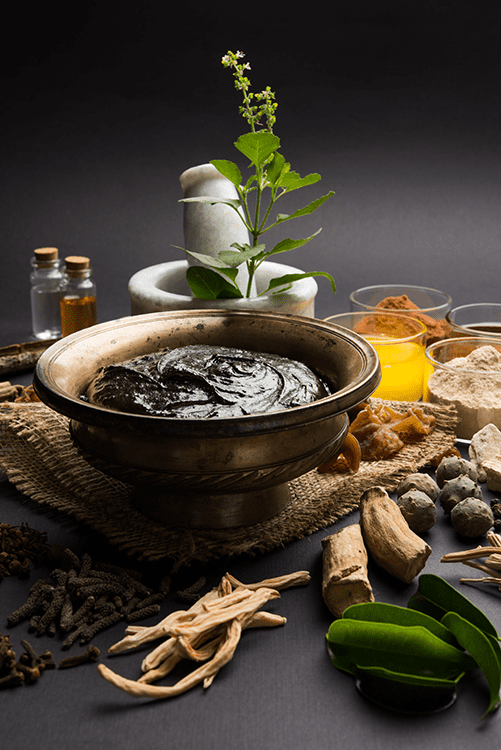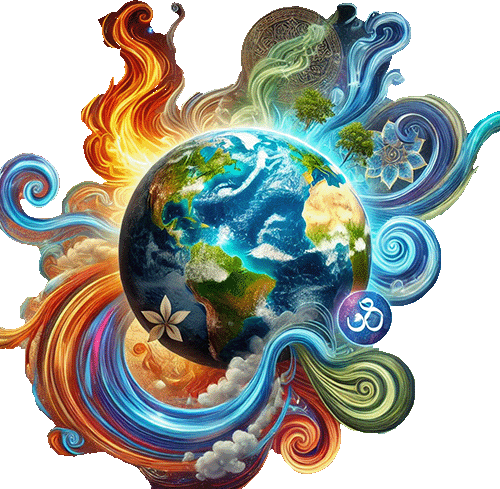Ayurveda literally translates as “the science of life”. From the ancient Sanskrit language of India and pronounced “eye-your-veyda”, Ayur means “life” and Veda means “science or systematic knowledge”.
Ayurveda is a truly holistic approach to achieving and maintaining wellness based on thousands of years of empirical evidence and scientific study. Originating in India, Ayurveda records indicate the origins of knowledge in:
Ayurveda continues to thrive, with an estimated 80% of India’s population currently relying on it as their primary form of health care. That’s over 100 Million people, more than 30 times the population of Canada. The practice of Ayurveda dates back to 800 BC and includes over 5,000 years of oral history. Recognized globally, Ayurveda remains an institution of both traditional and modern health care.

While the science of Ayurveda spans an immense variety of subjects from evidence based, peer reviewed, case studied, physiological treatments of diseases to seemingly esoteric systems of healing energy channels and astrology, there is no question that Ayurveda as a system of primary health care is a well established and credible institution worthy of the attention of even the most skeptical scientific minds.
In India and Nepal, Ayurveda is a government supported health care system complete with hospitals and universities dedicated to all branches of medicine and often complimented by the inclusion of modern allopathic medical methods, technology and medicines. Ayurveda is recognized as a primary medical care system in the following countries: India, Sri Lanka, Nepal, Bhutan, Myanmar, Bangladesh, Pakistan, Malaysia, Hungary and more.
In the U.S. and Canada, Ayurveda is increasingly popular, with over 200,000 Americans using it annually, according to a 2007 survey. However, Ayurveda remains unlicensed in North America, emphasizing the importance of choosing qualified practitioners in order to ensure quality and competency of services and products:

The primary historically authoritative medical texts written on Ayurveda: the Charaka Samhita and Sushruta Samhita are used as the basis for most Ayurveda practices. The texts describe eight main branches of Ayurveda:
Ayurveda’s pharmacopoeia includes over 5,000 medicines, with practitioners tailoring treatments based on education, experience, ingredient availability, testing and purity.
Ayurveda is a comprehensive system that addresses physical, mental, and spiritual well-being. With a history spanning thousands of years and global recognition as a credible healthcare practice, Ayurveda offers holistic solutions for maintaining health and preventing disease.
Ayurveda provides practical guidance for improving overall wellness. Explore deeper into this ancient science by learning about:
This website uses cookies to enhance your browsing experience. By continuing to use our site, we’ll assume you’re comfortable with this. If you’d prefer not to accept cookies, please adjust your browser settings.